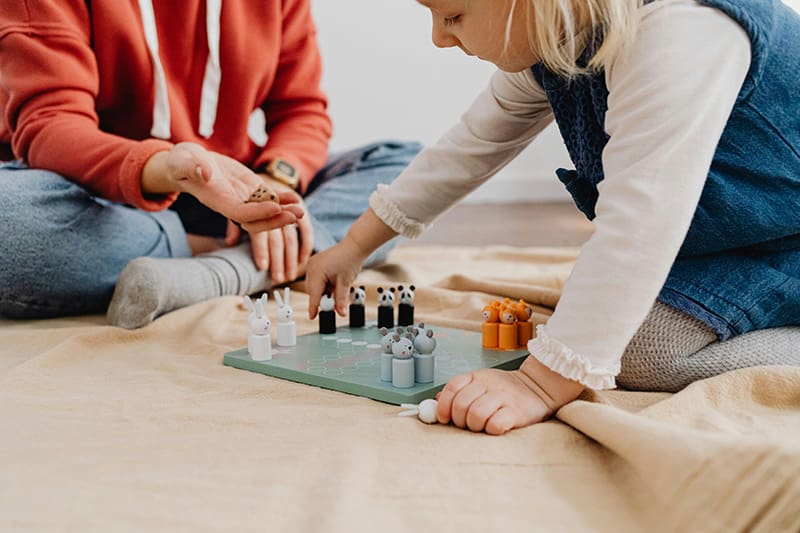When it comes to developmental therapies for children with autism, Early Start Denver Model (ESDM) stands out with its innovative, evidence-based approaches that integrate well-established developmental and behavioral techniques. One of the fundamental aspects of ESDM is the implementation of joint attention routines, which are crucial for enhancing communication skills and social interaction in children with Autism Spectrum Disorder (ASD). In this article, we explore what joint attention is, why it’s important, and how Chicago ABA Therapy utilizes these routines within the framework of ESDM to foster meaningful engagement and learning.
Understanding Joint Attention
Joint attention refers to the shared focus of two individuals on an object or activity. It is a vital communicative behavior that involves making eye contact, following gestures like pointing, and sharing expressions. This skill is essential for the development of social communication and language skills, and it forms the basis for learning from others’ actions and experiences.
The Significance of Joint Attention in Autism Therapy
Children with autism often show difficulties in initiating and responding to joint attention. These challenges can impact their ability to learn new words, engage with peers, and participate in social interactions. By focusing on joint attention, therapists can significantly improve a child’s ability to communicate and interact with their environment, which are critical steps towards more complex social behaviors and better overall cognitive development.
Implementing Joint Attention in ESDM
At Chicago ABA Therapy, joint attention routines are seamlessly incorporated into the daily ESDM sessions. Here’s how our therapists implement these routines:
- Structured Play Sessions: Therapy sessions are designed around play activities that naturally encourage joint attention. Therapists use toys and activities that are appealing to the child to capture their interest and to initiate shared interactions.
- Modeling and Prompting: Therapists model joint attention behaviors such as pointing to and looking at objects, and prompt the child to mimic these actions. Over time, children learn to initiate these behaviors independently.
- Reinforcement: Positive reinforcement is used to encourage and strengthen joint attention skills. When a child successfully engages in a joint attention routine, they are immediately rewarded with verbal praise, a favorite toy, or a play activity, reinforcing the behavior.
- Integration of Visual Supports: Visual aids such as picture cards or visual schedules are used to help guide the child’s attention and increase their understanding and anticipation of joint activities.
- Parental Involvement: Parents are trained to recognize and foster opportunities for joint attention in everyday settings, ensuring that learning continues outside of therapy sessions. This involvement is crucial as it helps generalize the skills across different environments and with various people.
- Regular Assessment and Adaptation: Therapists continually assess the child’s progress in joint attention skills and adapt strategies as needed. This personalized approach ensures that each child receives the most effective interventions based on their evolving needs.
The Impact of Joint Attention Routines in ESDM
By incorporating joint attention routines in ESDM, Chicago ABA Therapy helps children with ASD improve not only in their immediate ability to engage with others but also in their long-term communication and social interaction skills. These improvements are often observable in increased vocabulary development, better relationships with peers, and greater participation in a variety of settings.
Joint attention is more than just a component of ESDM; it is a gateway to enhanced learning and social interaction for children with autism. At Chicago ABA Therapy, the thoughtful integration of joint attention routines within ESDM therapy sessions underscores our commitment to providing tailored, effective autism care. By focusing on these essential skills, we empower children with ASD to reach their full potential and ensure they have the tools they need for success in all areas of life.
For more information on how our tailored ESDM programs can benefit your child, or to schedule a consultation, visit our website or contact Chicago ABA Therapy today. Our team is ready to assist you every step of the way in your child’s developmental journey.










